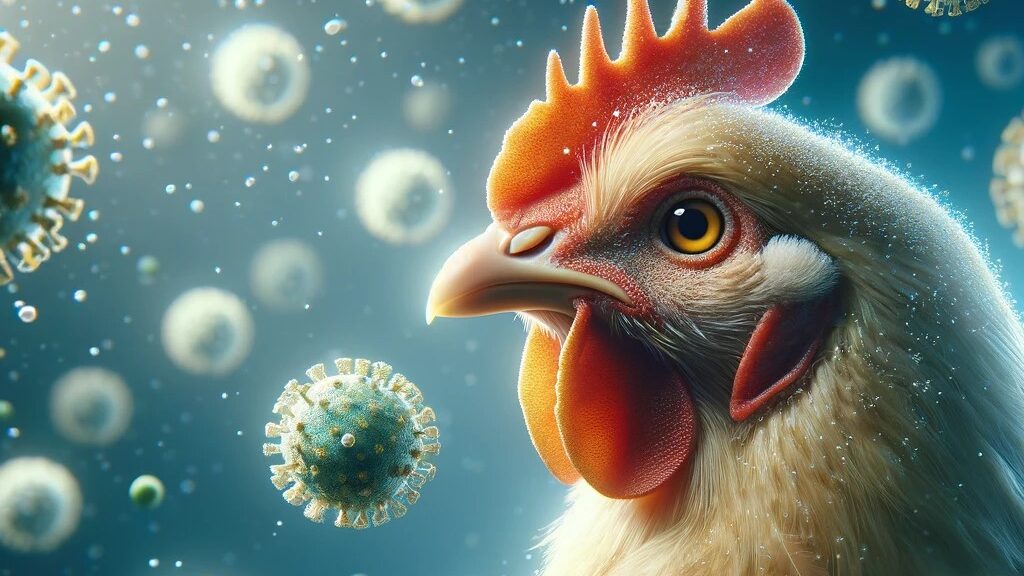
Avian influenza, commonly known as bird flu, has become an increasingly severe public health issue. According to the CDC, the frequency of avian influenza outbreaks and diversity of virus subtypes have increased significantly in the past decade. In 2022, there were reports of sporadic H5 virus infections in mammals across several U.S. states, Canada, and other countries. Affected animals included fox kits, bobcats, coyote pups, raccoons, skunks, mink, and even seals. Human cases of H5N6 and other subtypes following poultry exposures were reported in China, with several cases resulting in severe or critical illness and death.
The ability of avian influenza viruses to infect hosts across various mammalian species, especially humans, is a huge concern for public health. The potential for the virus to mutate and adapt to human hosts may lead to new strains that could easily spread between humans, resulting in a pandemic. How the virus crosses the species barrier to infect humans has long been a mystery. Now, however, a new study published in Science may have the answer.
This study uncovered a crucial protein, ANP32A, that holds the key to the avian influenza A virus’s (IAV) ability to replicate efficiently in humans. ANP32 proteins are essential for influenza virus replication by supporting the viral polymerase. The researchers hypothesized that ANP32A was being carried within IAV particles and delivered to the host cell to facilitate replication. Using electron microscopy, the researchers found that ANP32A was indeed packaged within the IAV particle, likely attached to the viral polymerase.
The researchers then needed to confirm that ANP32A was transferred into the mammalian target cells upon viral infection. They first tried traditional methods, such as Western blot and confocal analysis, to detect the packaged ANP32A. However, they were unable to detect the protein. They suspected that the amount of protein may be below the detection limit of these methods. Therefore, they decided to try a new approach using the more sensitive luminescence-based HiBiT detection technology. This method tracks proteins by tagging them with a small peptide (HiBiT). When HiBiT binds to a complementary NanoLuc luciferase fragment (LgBiT) in cells, luminescence light is produced that allows detection of the protein. Using this highly sensitive method, they were finally able to detect ANP32A that had been transferred into the target cells. Additional experiments verified that these transferred avian ANP32A proteins can support influenza polymerase activity for IAV in the target cells.
These results suggest that IAV could infect mammalian target cells by bringing along the avian ANP32 protein to support initial viral replication. After the first few rounds of replication, mutations may occur that allow the avian polymerase to interact with the mammalian ANP32 protein. Further supporting this hypothesis, the researchers found that packaging the avian ANP32A protein increased the percentage of viruses that obtained adaptive mutations. These results explain how ANP32A could result in a cross-species viral transmission from birds to mammalian hosts.
In conclusion, this study demonstrates how avian ANP32A protein enables IAV to replicate in mammalian hosts. This is a huge step towards understanding cross-species transmission of bird influenza. With this new knowledge, we may be able to develop ways to intervene and prevent these viruses from causing human pandemics.
Learn more about HiBiT Technology.
Related Posts
Latest posts by Johanna Lee (see all)
- Can AI Replace High-Throughput Screens for Drug Discovery? - April 30, 2024
- How Avian Influenza Crosses Species - February 22, 2024
- Macrophages: The Unsung Heroes of Immune Response and Biologic Drug Development - December 28, 2023
